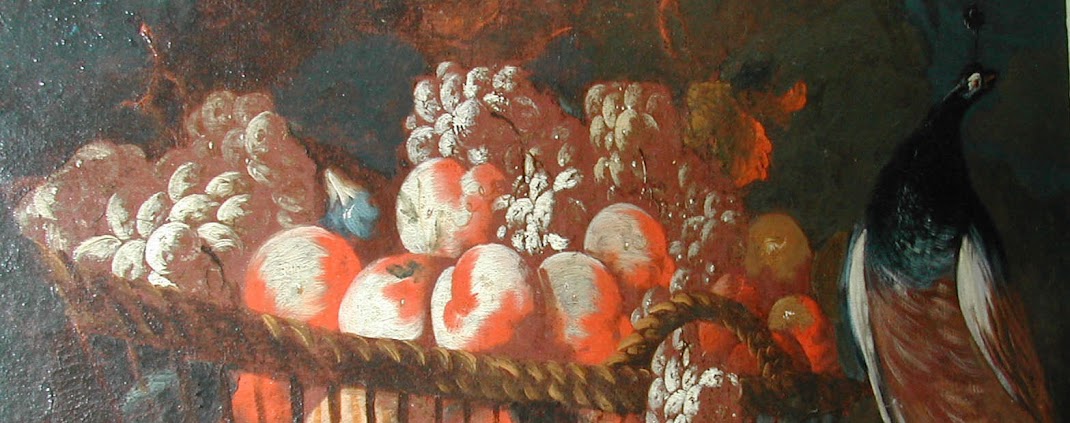....say the old folks"

La Pouyette in July:
Buddleja davidii
Buddleja davidii, also called summer lilac, butterfly-bush, or orange eye,
is a species of flowering plant in the family Scrophulariaceae,
native to Sichuan and Hubei provinces in central China, and also Japan.
Many named varieties are in cultivation.

B. davidii is named for the Basque missionary and explorer in China,
Father Armand David, who first noticed the shrub.

It was found near Ichang by Dr Augustine Henry about 1887 and sent to St Petersburg.
Another botanist-missionary in China, Jean-André Soulié,
sent seed to the French nursery Vilmorin,
and B. davidii entered commerce in the 1890s.
*
Anemones Japonica (hupehensis)
Anemone hupehensis is native to central China,
though it has been naturalised in Japan for hundreds of years.
The species was first named and described in Flora Japonica (1784), by Carl Thunberg.

La Pouyette in July:
Buddleja davidii
Buddleja davidii, also called summer lilac, butterfly-bush, or orange eye,
is a species of flowering plant in the family Scrophulariaceae,
native to Sichuan and Hubei provinces in central China, and also Japan.
Many named varieties are in cultivation.

B. davidii is named for the Basque missionary and explorer in China,
Father Armand David, who first noticed the shrub.

It was found near Ichang by Dr Augustine Henry about 1887 and sent to St Petersburg.
Another botanist-missionary in China, Jean-André Soulié,
sent seed to the French nursery Vilmorin,
and B. davidii entered commerce in the 1890s.
*
Anemones Japonica (hupehensis)
Anemone hupehensis is native to central China,
though it has been naturalised in Japan for hundreds of years.
The species was first named and described in Flora Japonica (1784), by Carl Thunberg.
Thunberg had collected dried specimens while working as a doctor for the Dutch East Indies Company.
In 1844, Robert Fortune brought the plant to England from China,
where he found it often planted about graves
*
(at the back wall of the house)
Trumpet flower vine
a kind of plant which belongs to Bignoniaceous
The family Bignoniaceae was first validly published in the botanical literature (as Bignonieae)
by Antoine Laurent de Jussieu in 1789 in his classic work, Genera Plantarum.
The type genus for this family is Bignonia, which was validated by Linnaeus in Species Plantarum in 1753.
The name originated with Joseph Pitton de Tournefort, who named it for his benefactor,
Jean-Paul Bignon, in 1694, in his influential Eléments de botanique ou méthode pour connaître les plantes
*
a few early flowering Dahlias
*
The Lavender
- lovely and pleasing as always -
So far - so good.
Until last Saturday evening...
when suddenly - "out of the blue" - black clouds approached
and a severe thunderstorm swept across La Pouyette.
A storm with gale and hurricaneforce winds.
With gusts of about 120KM/h.
It thundered! It lightened!
Hailstones,
some of which were as large as eggs, hammered on the roof.
Could hear that the tiles moved, crashing down,
I had the feel that the roof flies off any minute,
and that the worst will come to the worst.
Water came through the roof, had to run for buckets....
etc...etc...
There was no way/chance to go out for any kind of inspection,
we would have been blown away!
Next morning after the storm:

Oh my....Oh my...

....most of the lavender dashed down...

...bombarded by the hailstones...


...destroyed...
simply sad.
*
Broken off branches and leaves allover the place ,
a few wild trees collapsed,
a real mess!
On the other hand...

the Hydrangeas near the pool,
apart from falling off leaves and one or two blossoms,

they have survived amazingly...

....without any further damage!
So, all in all
- apart from roof-repairwork and tiding-up jobs -
less serious than we feared.
"C'est la vie say the old folks,
it goes to show you never can tell"
*
Back to "business as usual"....

buzz - buzz - buzz
"Bienchen flieg' herum"
(which means being busy-busy)
diligently - assiduously
...back to garden...
Surprise - surprise!
Some Hellebores started flowering again!
In July!
And...
...the oak leave Hydrangea begins to change color...

...just as if it would be already late August/early September.
In July!
Mad!
Well,
that's nature - that's life,
you never can tell!
*
After a sunny and hot week,
very hot, with temperatures over 40 degrees,
yesterday evening...

"es dräut und bläut" schon wieder!
It's looming again...
...another storm in sight???
another madness?
*
Today's morning - more weather caprioles....
Autumn?

November?
No, we have 26th of July!
High Summer!
*
"C'est la vie say the old folks,
it goes to show you never can tell"
However it comes...
one has to take it with humor.
In this sense....
...I'm rock'n' into the weekend.
I might catch a few dancing butterflies...
A bientôt....






























































